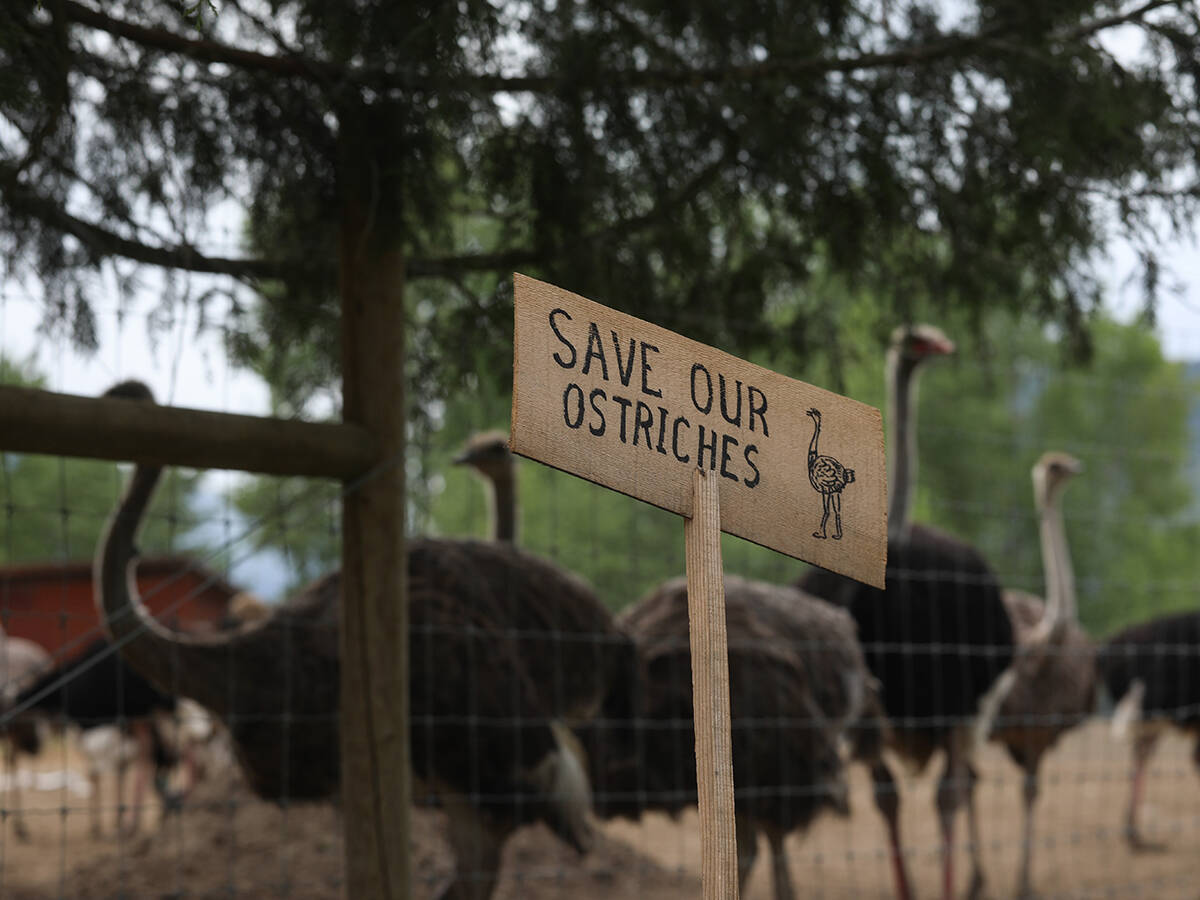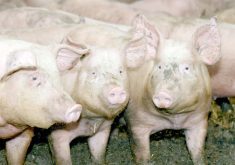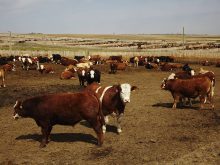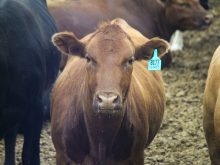BANFF, Alta. – A financial shakedown in the hog industry has forced more producers to refinance and defer loan payments, said a Farm Credit Canada representative at the recent Banff pork seminar.
“Many are on payment holidays because of the current conditions,” said Lori Lane of FCC’s Red Deer office.
Nearly 10 percent of its hog loan portfolio was in arrears during the price crisis of 1998, but many turned their financial situations around by 2000. Now, a growing number are at risk again, but it does not mean they have defaulted on loans, said Lane. As of Dec. 31, five percent of loans were in arrears.
Read Also

Ostrich farm case shows power of social media
The social media circus surrounding the BC ostrich farm, could happen again in Canada, says communication expert
Arrears in the crops category is higher at six percent.
“Lenders in agriculture now would consider crops to be the highest risk as opposed to supply managed farms like dairy,” she said.
FCC prefers to see more traditional equity levels of about 50 percent and tells producers they need to get a supply contract as a condition for a loan.
“However, of late, we have been hearing of more and more of the difficulties of getting contracts, causing us to relax this requirement,” she said.
There are a number of options to help farmers through tough times.
Flexible loans, for example, allow a borrower to take up to three, one-year principal holidays over the term of the loan in case of market downturns or other unexpected impacts like high feed prices.
“Many of our borrowers are currently on interest-only payments,” Lane said.
The Sparks Company found in a lengthy study that Canadian producers are among the most efficient in the world, but as economic conditions continue to deteriorate they are shrouded with uncertainty.
“1998 was a defining moment in the hog industry in terms of the meltdown we went through,” said Sparks representative Richard Andersen.
The situation has been unsteady since.
The average hog profit margin for 1998-2002 was only $2 per head and at times within that period, producer losses were as high as $15 per head.
The strengthening Canadian dollar has reduced the price of market hogs by $15-$30 and the situation could worsen if the loonie reaches 80 cents US, he said.
Attracting investor financing when profits are elusive is another challenge.
Andersen said individual farmers need solid financial risk management plans in place for the next 12-18 months.
“A blend of packer contracts and producer risk management programs you do on your own is probably the optimum way to go,” he said.
Farmers must do more than pay lip service to risk management concepts. They cannot rely on the marketplace to correct itself.
“What is the point in knowing you are going to get hit by a train when you don’t step out of its way,” he said.
The chief financial officer of Saskatchewan’s Big Sky Farms said nothing prepared the industry for what it is faces today.
“Probably internationally, the whole hog production sector is under stress and is heading for some restructuring,” said John LaClare.
“A lot of the advantages seemed to slip away and I’m not betting they will return to us.”
LaClare believes Canada must promote itself as a producer of high quality pork through identification and labelling. The option is accepting commodity prices for a generic product.
He also supports the idea of more vertical arrangements using contracts, options and collaboration with packers.
Farmers need to find more cost savings and reduce reliance on U.S. markets where more than six million live Canadian hogs are sold each year. The Americans cannot be expected to absorb Canada’s pork surplus.
LaClare further suggested more producer check-off money should be invested in market development.
About 10 cents a hog is directed that way now, providing the pork industry with about $2.7 million.
Producer levies do not need to be increased, but budgets should be allocated differently to build new markets, he said.















